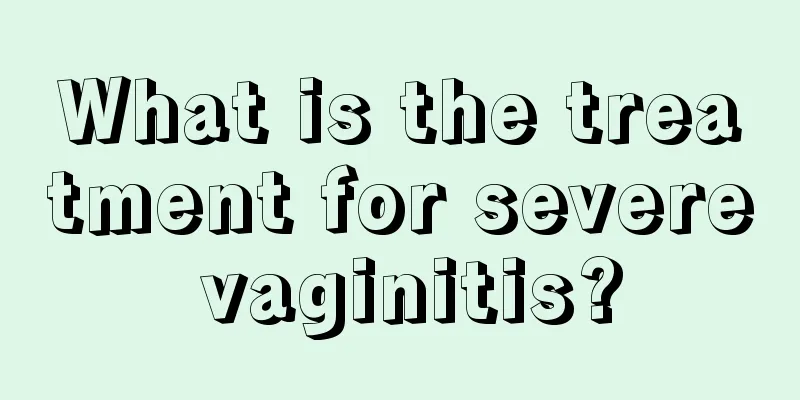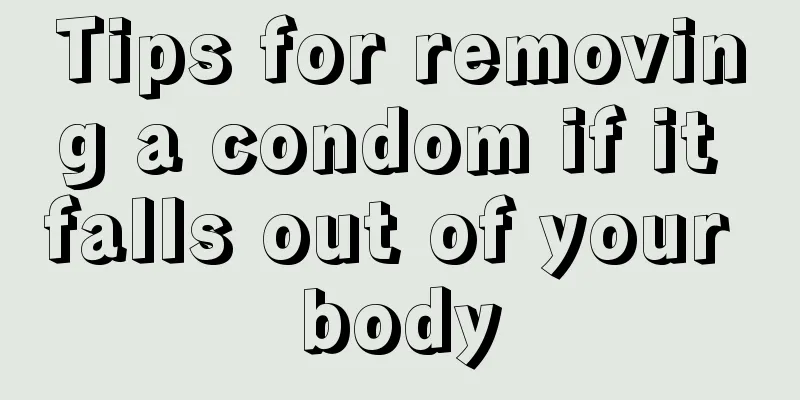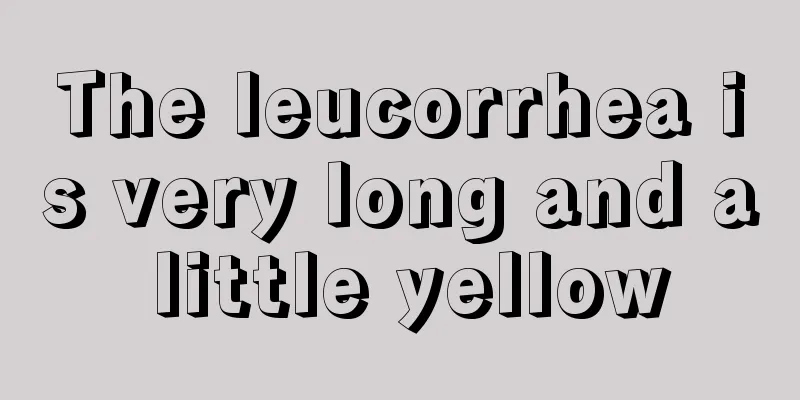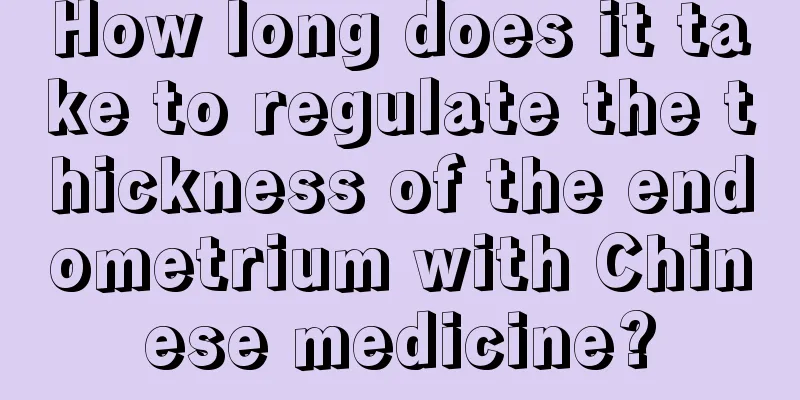The “removal or retention” of wisdom teeth, you will understand if you read this patiently!
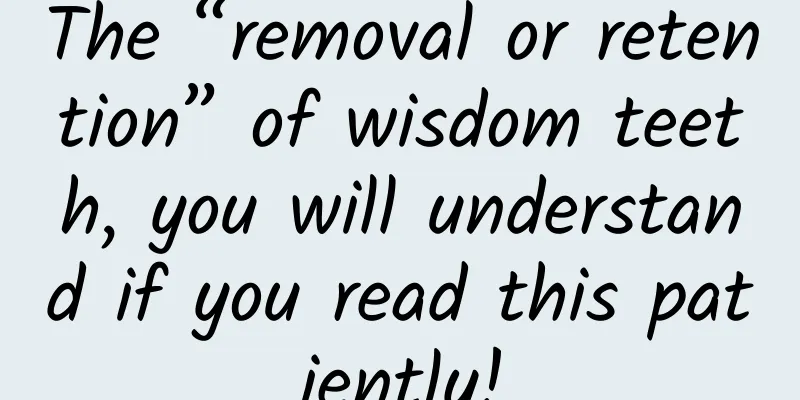
|
Wisdom tooth refers to the third molar on the innermost alveolar bone in the human mouth, the eighth tooth from the central incisor to the left. Because it usually erupts between the ages of 16 and 25, and at this time a person's physical and psychological development is close to maturity, it symbolizes the "arrival of wisdom" and is therefore commonly called "wisdom tooth". The growth of wisdom teeth varies greatly from person to person. Normally, there should be 4 teeth symmetrically arranged in the upper and lower left and right directions. Some people have less than 4 or even none, and very few people have more than 4. The age of eruption also varies greatly. Some people erupt before the age of 20, while others do not erupt until the age of 40 or 50, or never erupt. This is all normal. The direction and position of wisdom teeth growth are "variety". For most wisdom teeth that erupt in inappropriate positions, early extraction is usually the best treatment method.
✦✦ TIP1 How do wisdom teeth come about? Wisdom grows with age, and so do wisdom teeth. The mouth goes through many changes throughout life, and one of the major "milestone" changes in the teeth is the eruption of the third molars, which usually occurs around the age of 18-20. If wisdom teeth are positioned correctly, healthy wisdom teeth can help with chewing. It is normal to feel a little discomfort when wisdom teeth erupt, but if you feel pain, you should see a dentist/oral doctor immediately.
The following signs may appear: 1. Incorrect eruption position of wisdom teeth will cause food impaction, which is conducive to the growth of caries-causing bacteria and tooth decay. 2. Incorrect eruption position of wisdom teeth may also make it difficult to clean between the wisdom teeth and the adjacent molars with dental floss, leading to gingival inflammation, bleeding, bad breath, etc. 3. If the wisdom tooth partially erupts, it will make it easier for bacteria to enter the gum tissue, causing infection and symptoms of pericoronitis such as "redness, swelling, heat, and pain". 4. Wisdom teeth that do not have enough space to erupt may squeeze or damage adjacent teeth. 5. Impacted wisdom teeth may form cysts on and near the impacted teeth, which may damage the roots of nearby teeth or destroy the bone tissue supporting the teeth. ✦✦ TIP2 The most common symptoms caused by impacted wisdom teeth An impacted wisdom tooth may have a portion of its crown breaking through the gums, while most of it is still buried in the gums and jawbone, forming a blind pocket with a small mouth and a large bottom between the crown and the gums. Food residues and bacteria are easily accumulated in this pocket. When encountering more virulent bacteria or when the body's resistance is relatively low, the bacteria will multiply in large numbers and cause local inflammation, which manifests as swelling and pain in the posterior molar area and limited mouth opening. There may also be redness and swelling of the cheeks, and it may be accompanied by varying degrees of systemic symptoms including fever and fatigue. This is "pericoronitis of wisdom teeth."
The treatment of acute pericoronitis of wisdom teeth is divided into two parts: local and systemic. You can try to deal with mild swelling and pain at home in the early stage: for example, brush your teeth carefully, especially the teeth on the affected side, and don’t be afraid to brush your teeth because of pain; you can also use mouthwash. If you are not sure, you should go to the hospital for examination in time. Doctors mainly use local treatment for early inflammation, using potassium permanganate solution or hydrogen peroxide to rinse the blind bag, and then insert concentrated Tyrode's solution or iodine glycerin, appropriately combined with mouthwash and oral broad-spectrum and anti-anaerobic antibiotics, it can generally be relieved in about a week. Usually, after the acute inflammation is controlled, you can consider elective removal of impacted wisdom teeth to avoid repeated inflammation. ✦✦ TIP3 In what other cases might extraction be necessary? There are three main types of wisdom teeth that need to be extracted: The first category is those that already have lesions, such as caries and pericoronitis; The second category is the impact on the adjacent teeth, such as forward or horizontal impaction, and food impaction between the second molars; The third category is to meet the needs of other treatments, such as orthodontic treatment and restorative treatment. Each patient's situation is different, but in general, wisdom teeth may need to be removed if the following changes occur in the mouth: 1. Pain 2. Infection 3. Cysts 4. Tumors 5. Damage to adjacent teeth 6. Gum disease 7. Caries 8. Your dentist may also recommend removing wisdom teeth as part of orthodontic or other dental treatment. Before making any decisions, your dentist will examine your mouth and take X-rays. You and your dentist can discuss the best treatment options. |
<<: Shocking! There are more than 60 carcinogens in smoke. Do you still dare to smoke?
>>: Rehabilitation of rotator cuff injuries
Recommend
What happens if there are blood clots in menstrual blood? What should I do?
Menstruation is like a nightmare for girls. Their...
What causes itchy belly during early pregnancy?
Women may often feel itchy in the abdomen during ...
Baking soda treatment for vaginal yeast infection
In our daily lives, many women are always trouble...
What to do if the American shorthair is not smooth? How to make the cat's hair shiny
Cats are very cute animals. There are many variet...
Is feeling sleepy while sitting in a car a sign of illness?
I was very energetic before getting on the bus, b...
To help you with the college entrance examination, you need to pay attention to your diet
The college entrance examination is approaching. ...
Male patients should urinate while sitting during chemotherapy
Hello everyone, I am a chemotherapy drug, and I a...
What are the biochemical symptoms of early pregnancy?
Many people don't particularly understand the...
As the temperature gradually warms up in spring, blood pressure drops. Can people with high blood pressure stop taking antihypertensive drugs?
Several people with high blood pressure asked Hua...
After the bleeding, the pain comes every five minutes
When new mothers are about to give birth to their...
Best time to sweat during a full moon
The best time to sweat during the full moon is 30...
If you have a cold or fever, you can test for 12 respiratory pathogens at home! Is “accurate self-testing” reliable?
At present, we are still in the high season of re...
Are breast lymph nodes serious?
Lymph nodes are a relatively important tissue in ...
Can I eat peppers while breastfeeding?
There are many things that women who are breastfe...

